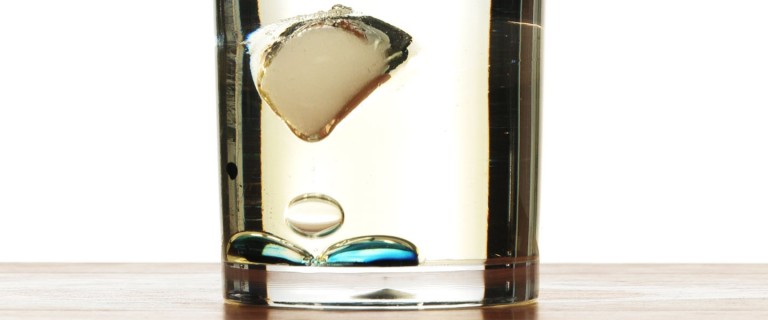Middle School Life Science
Introduction to Life Processes: Identifying Patterns
In middle school life science, we started the year off by identifying
patterns to show that
all living things share similar characteristics. This year, we followed a
5E model to kick-start this concept that we will revisit all year long.
Engage
Students brought in objects that were either nonliving, living, or once-living / came from a living thing. We spent a lot of time examining the cool nature that ended up in the classroom... a salamander, a cactus, a caterpillar, some great rocks, lots of fall leaves, etc. This prompted some great conversations: "Do we need to add anything to the salamander's tank so it will survive the day?"... "Are the leaves that are off the tree still considered 'alive' if they are still green?" ... "What happened to the caterpillar? (Two days later when we spied a cocoon in the container.)"
Explore
Individually, students brainstormed what it meant to be "alive," recording their ideas on tiny post-it notes. Small groups then did a sort-and-classify activity: looking for patterns, grouping similar ideas together, and naming the categories they came up with. When we shared out as a class, we came up with seven distinct life processes. Students didn't necessarily come up with same science terms that we will use all year, but they did have categories such as "live in a certain environment," or "need to get/make food and use energy." All the groups quickly identified that living organisms contain genetic material that, when they reproduce, passes on to offspring.
Explain
At this point, we took a more formal step to identifying life processes, giving each one an official name. Here's the
student worksheet (and
teacher version) that we used. Since we tied these ideas back to the original objects that students brought in during the Engage phase, we defined biotic / abiotic at this point as well. Students had to explain the difference between "biotic" and "alive." We also posted the life processes in extra-large text in a prominent place in the classroom; we will come back to these every time we study a new topic this year.
Extend
In this activity, students had to research which of the life processes viruses exhibit. We started by simply searching for
images of viruses so that students could see how diverse and interesting they are! Next, students read several articles and found that even scientists have a hard time determining if viruses should be considered "alive." We shared facts from our research as a whole class and listed these facts as "evidence" on a Claim/Evidence/Reasoning graphic organizer.
Evaluate
Students now had to decide whether or not viruses should be considered a living thing. We used the C/E/R graphic organizer to choose a claim AFTER listing all the evidence. Then, students took some time to write down the reasoning behind their choice. They had to use the concepts of the seven life processes in their reasoning. Over the next two days, students worked to write a paragraph addressing the question, "Are viruses alive?" Some of them were able to use the graphic organizer to jump in and justify their claim. Others found that it was best to work from an
outline that helped them organize their writing.
This whole unit, and especially the task of having students justify their claim with evidence, helped introduce multiple scientific concepts. It was also a good start to get students thinking about how a scientific claim is not simply someone's opinion. A claim is a statement backed up by evidence... students don't need to write, "I think that..." or "I believe that..." when making a claim. Having multiple pieces of evidence allows us to
know that our claim can be supported. One student asked, "What happens when scientists find evidence that doesn't support their claim?" and this led to a short discussion of how scientific knowledge evolves over time.
Final Assessment
Students will have to apply their knowledge to classify a mystery organism as living or nonliving. We will also do this in Claim/Evidence/Reasoning format.






